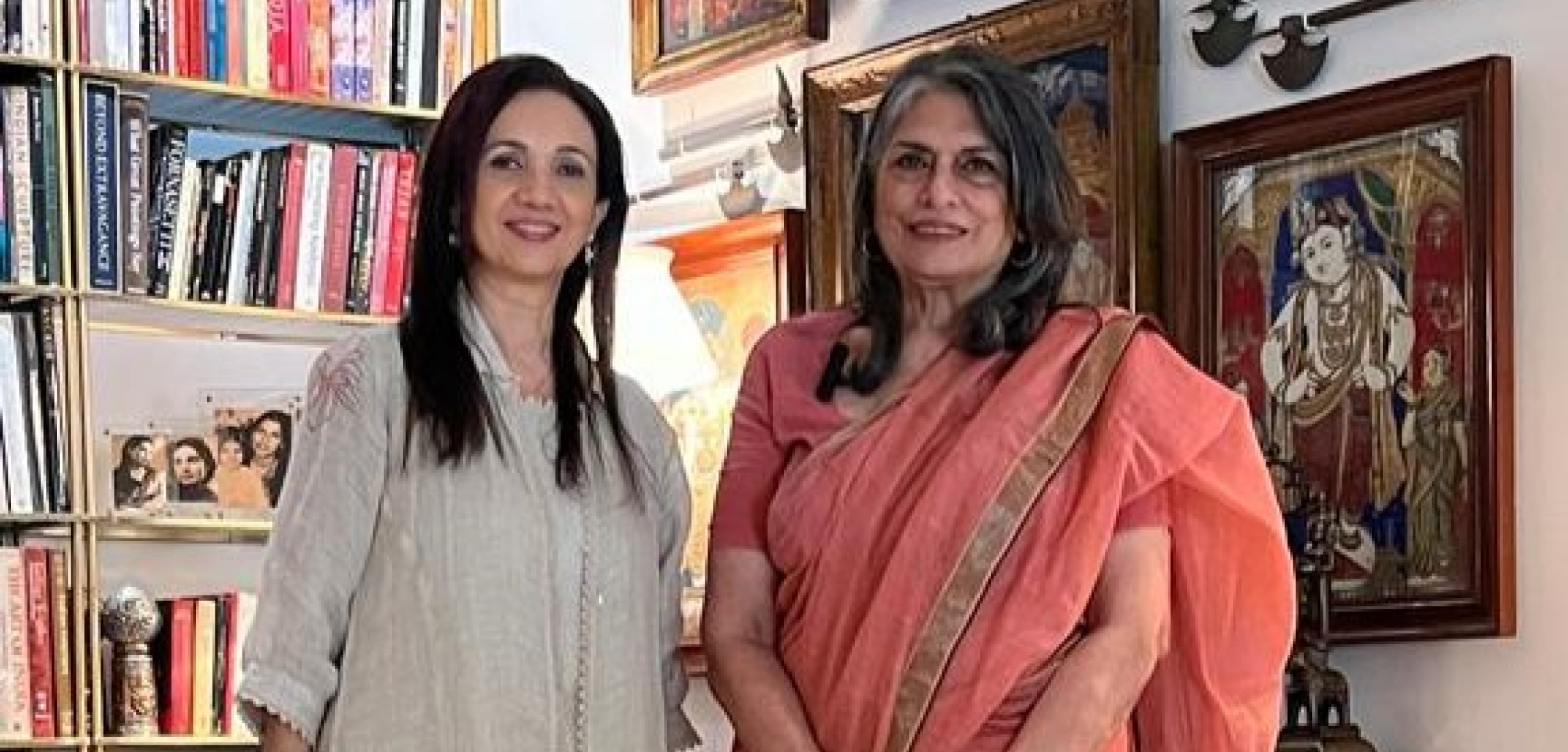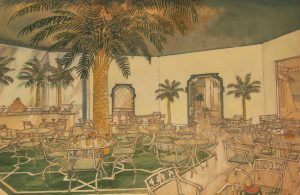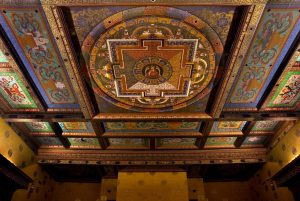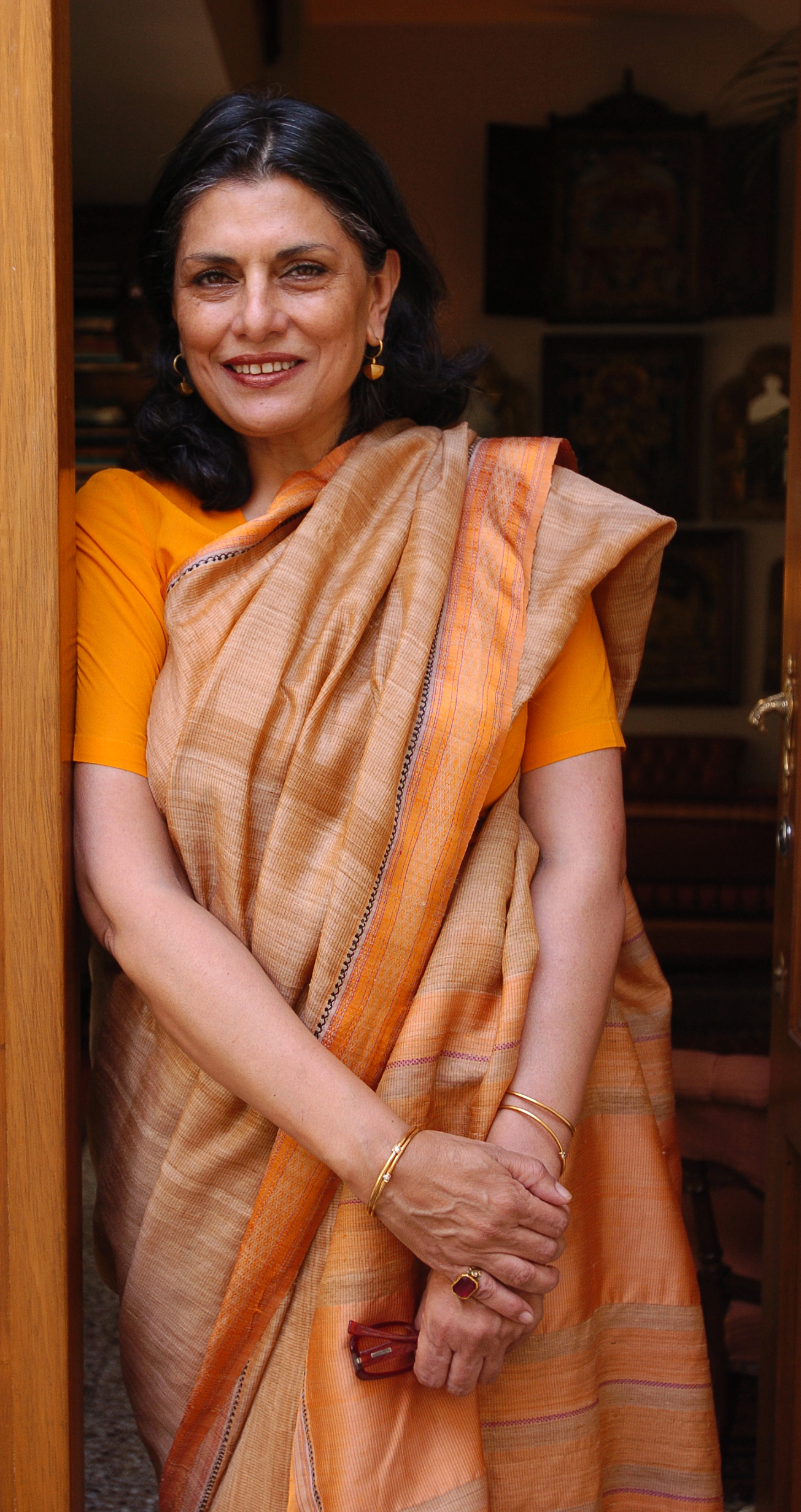Timeless Wisdom through the Life and Works of Sunita Kohli (Padma Shri)
A conversation between Sunita Kohli (SK), Founder K2-India and Jabeen Zacharias (JZ), Editor - IIID Inscape
The works of Sunita Kohli, a Padma Shri Awardee, are known by many; her journey is seldom discussed.
Join us in this enthralling expedition to unveil the symphony of spaces curated by a master and her thoughts that shaped those ideas. Ms Kohli has left an indelible mark as a pioneer in various realms. In the year 1992, she was the first interior designer to receive the esteemed Padma Shri, a recognition of her contribution to the field of design. This interview captures the essence of Kohli’s works through her self-devised design methodology as she allowed literature, travel, music and arts to mould her. Kohli shares her valuable insights on a range of topics – the role of designers in shaping lives, empowering artisans and communities, and the harmonious integration of sensorial dimensions of spatial experiences. Ms Kohli’s words and wisdom take us through her adventurous design expedition.
JZ: We all know that the essence of our spaces and surroundings shapes and moulds us profoundly. My initial inquiry diverges from designers, focusing instead on users and society. In our vast nation of 1.42 billion souls, notably within rural India, design awareness remains nascent. How might we introduce sound design principles to the masses effectively?
SK: I don't think there's any need to introduce design to rural India. They are inherently and intuitively attuned to its presence in a very natural and holistic way, even if they may not consciously recognise it. A prime example is the "lota," a traditional Indian water vessel. Its design has been perfected over generations. Rural communities possess an intuitive understanding of building structures that suit their environment, blending colours and shaping cooking vessels better than any designer or architect. Can we do better? Even Charles and Ray Eames said that the lota was the most perfectly made vessel, evolving and taking shape over time.
In fact, we need to learn a lot from vernacular design!
But I understand the concern behind your question. Yes, regrettably, India's present architecture and interior design have not progressed in many regions as much as they should have, resulting in poorly designed homes for the middle and lower-middle- classes. We can try to address this with design education and awareness which needs to be introduced in both rural and urban schools, regardless of whether they are private or public institutions. It should encompass discussions not only on our design histories but also on the diverse lifestyle needs to showcase our abundant design values and heritage. Maybe an introspection of what one innately possesses and how one can be empowered to further enrich one's spatial experiences is needed more than just a design introduction. It could be a process of (un)learning for us ‘Designers’ too; that will make our practices rewarding.
JZ: Very true. Indubitably, gleaning insights from traditions, ancestral knowledge, and craftsmanship is imperative. India’s design heritage brims with traditional arts and crafts. Do we truly draw wisdom from this reservoir? What are your perspectives on our present approach to design?
SK: India boasts an estimated 200 million craftsmen and women, and carries a rich tradition of craftsmanship spanning over 3,000 years. Designers can play a crucial role in uplifting these communities by giving patronage to diverse craft disciplines through their projects. Design in India today is at an exciting crossroads . We are delving deeper into our vast design heritage, becoming more conscious of our traditions, and appreciating the best of Eastern, Oriental and Western influences. In this globally connected world, designers could integrate multiple streams and create designs that are uniquely their own.
I have always strongly believed and advocated that craft is the instrument that allows the vision of design to be completed.
JZ: In stark contrast to history, an array of diverse design disciplines has emerged today. How do you see these varied fields intertwine, especially in the realms of spatial, interior, product, accessory, lighting, and furniture design where they leave distinct and indelible signatures on space, the theatre of space, where life’s dramas unfold? How can these disciplines conjoin harmoniously?
SK: I believe boundaries should blur. Viewing design holistically is essential because it reflects the way design truly exists. As Antoni Gaudí said, “Anything created by human beings is already in the great book of nature.” Just like nature, design intertwines various elements and dimensions. Whether it is a contemporary project merging architecture, design, products or lighting, they all come together to form the essence of pure, holistic design.
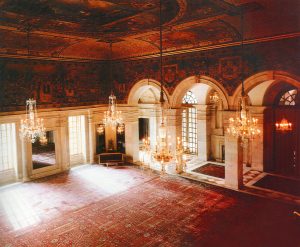
Bhawan, New Delhi



